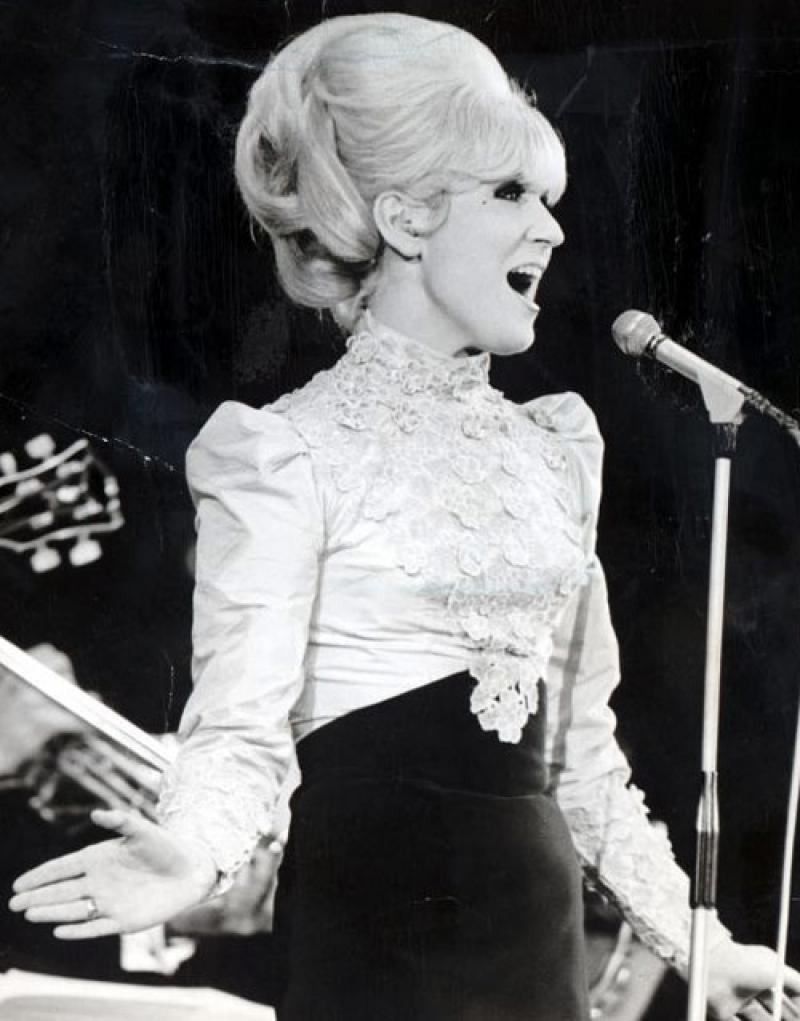Echoes of Change: The Enduring Power of Female Folk Singers of the 50s & 60s
Imagine a lone voice, a strummed guitar, and lyrics that weave stories of love, loss, and social change. This was the essence of the folk music revival that swept through the United States in the 1950s and 60s. While male artists like Bob Dylan and Pete Seeger often take center stage in historical narratives, a constellation of talented women played an equally vital role in shaping the era's musical landscape and its social conscience.
These weren't just singers; they were storytellers, activists, and, most importantly, voices of a generation yearning for authenticity and change. Their music resonated with the growing civil rights movement, the burgeoning feminist wave, and a deep-seated desire for peace and understanding. Women like Joan Baez, with her soaring vocals and unwavering commitment to peace, became icons of the era.
The folk revival itself was rooted in a rediscovery of traditional American music, drawing inspiration from blues, gospel, and Appalachian folk tunes. This revival wasn't merely about revisiting the past; it was about using the past to understand the present and fight for a better future. Female folk singers became instrumental in this movement, their voices breathing new life into old songs and lending them a contemporary urgency.
Their impact extended far beyond the music itself. These women challenged societal norms, both through their lyrics and their very presence on stage. They tackled issues like gender roles, social injustice, and war with an honesty that resonated deeply with audiences. In a time of social upheaval, their music provided solace, solidarity, and a soundtrack for change.
However, the path for these artists was not without obstacles. The music industry, like many others, was dominated by men. Female folk singers often faced challenges in getting their music heard and their voices recognized. They encountered prejudice and were often relegated to supporting roles rather than celebrated as the powerful artists they were. Yet, they persisted, their talent and determination paving the way for future generations of female musicians.
Advantages and Disadvantages Faced by Female Folk Singers of the 50s & 60s
| Advantages | Disadvantages |
|---|---|
| Participation in a vibrant and growing music scene | Gender bias in the music industry |
| Connection with a generation seeking authenticity and change | Limited opportunities for recording contracts and promotion |
| Platform to address social and political issues | Pressure to conform to traditional female roles |
To truly appreciate the impact of these artists, consider exploring the work of individuals like Odetta, known for her powerful voice and interpretations of traditional folk and blues songs; Judy Collins, celebrated for her ethereal vocals and interpretations of contemporary songwriters; and Buffy Sainte-Marie, a Canadian Cree artist who brought Indigenous experiences to the forefront of folk music. These are just a few examples of the many talented women who shaped the sound and spirit of the 1950s and 60s folk movement.
Discovering their music today allows us to connect not just with the melodies of the past, but with the enduring spirit of courage, creativity, and social awareness that these women embodied. Their voices echo through the decades, reminding us of the power of music to inspire, challenge, and effect change.
Is 60 old a contemplation on age experience and new beginnings ist man mit 60 jahren alt
Unlocking the beauty of skimming stone paint by johnstones
Harnessing the power of light in digital design

:max_bytes(150000):strip_icc()/The-Kingston-Trio-590359f03df78c5456e889f6.jpg)


:max_bytes(150000):strip_icc()/Judy-Collins-590359455f9b5810dcd77cbe.jpg)






/JoniMitchell-590357415f9b5810dcd6e7a5.jpg)


